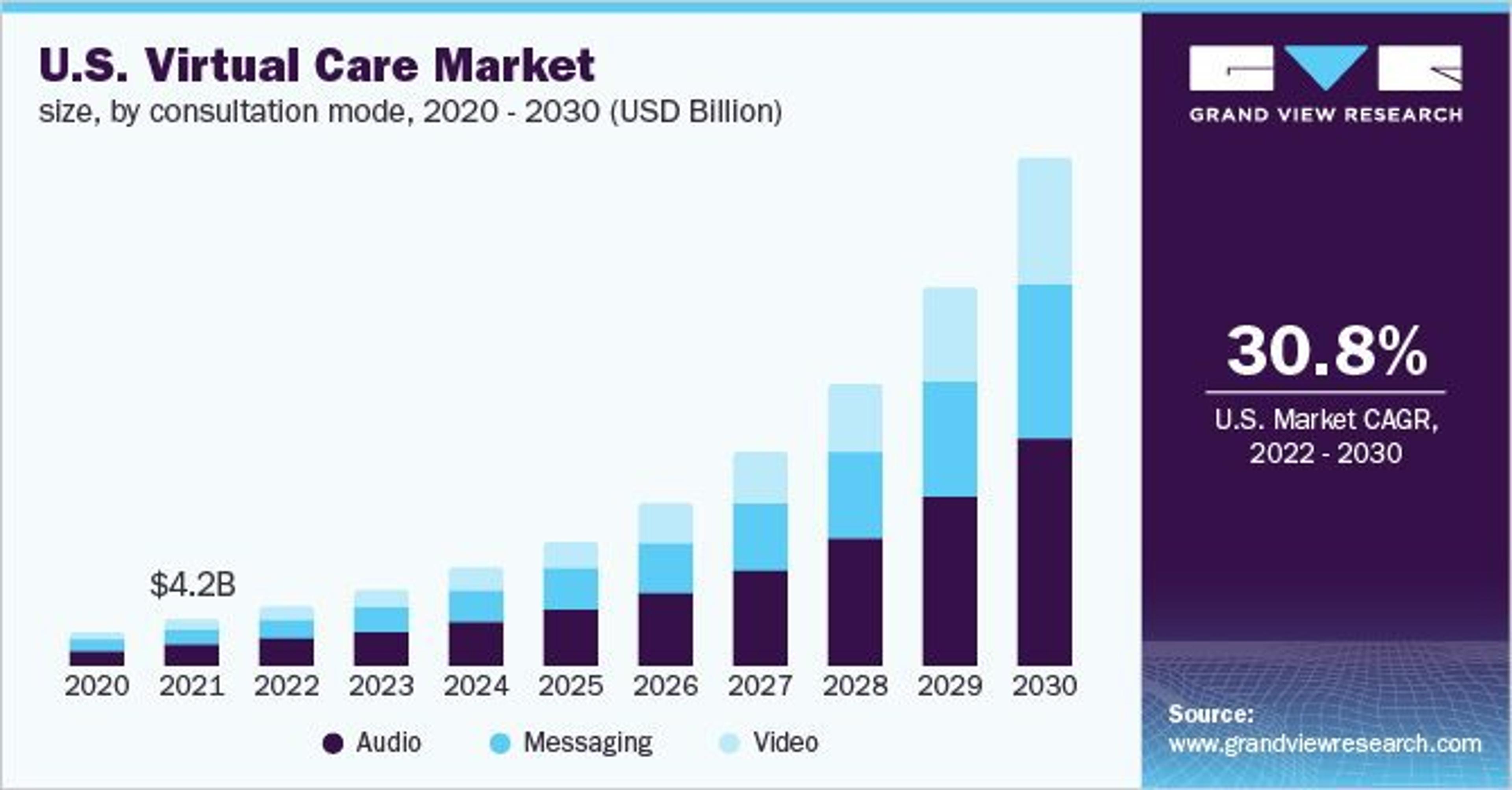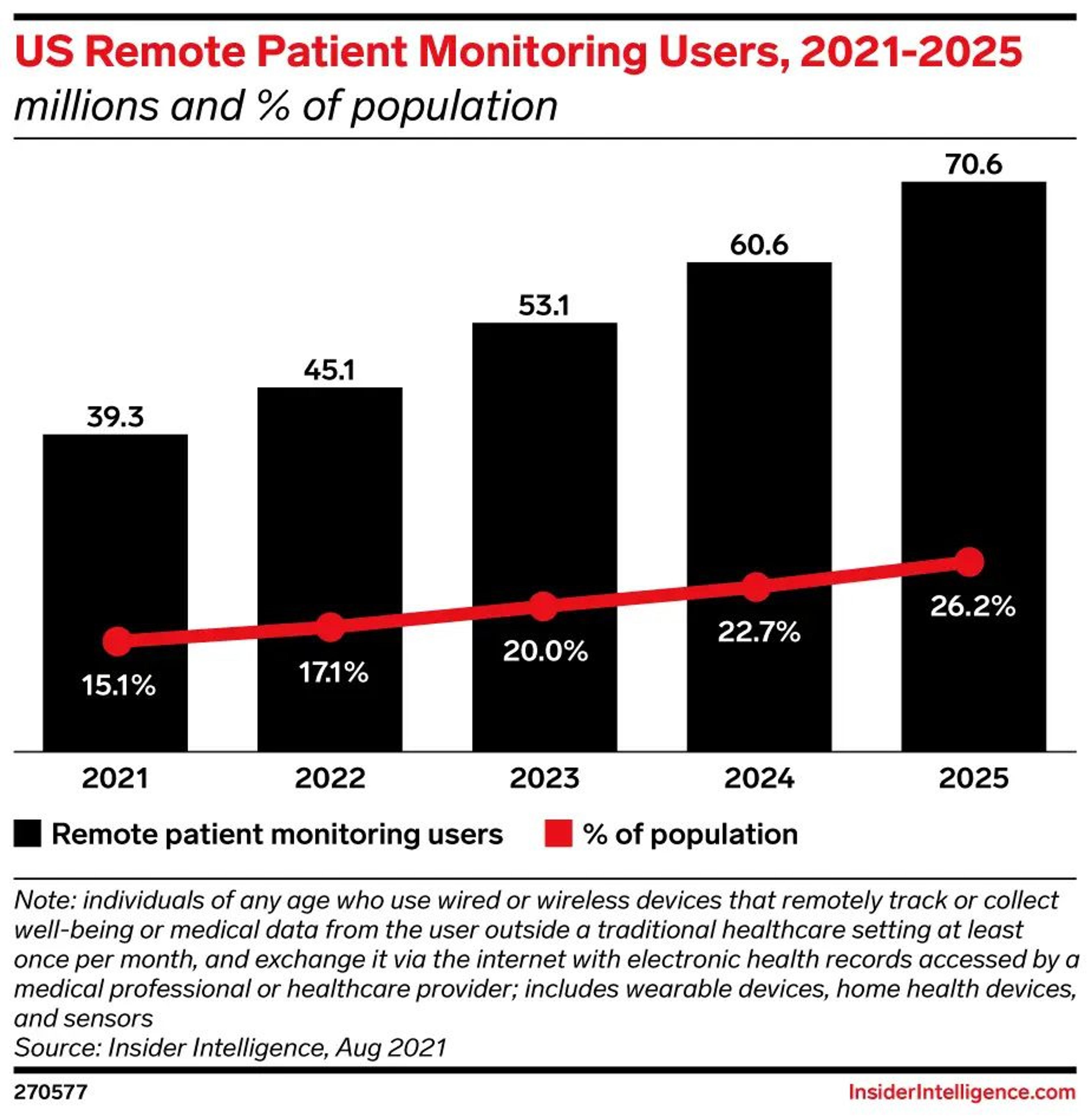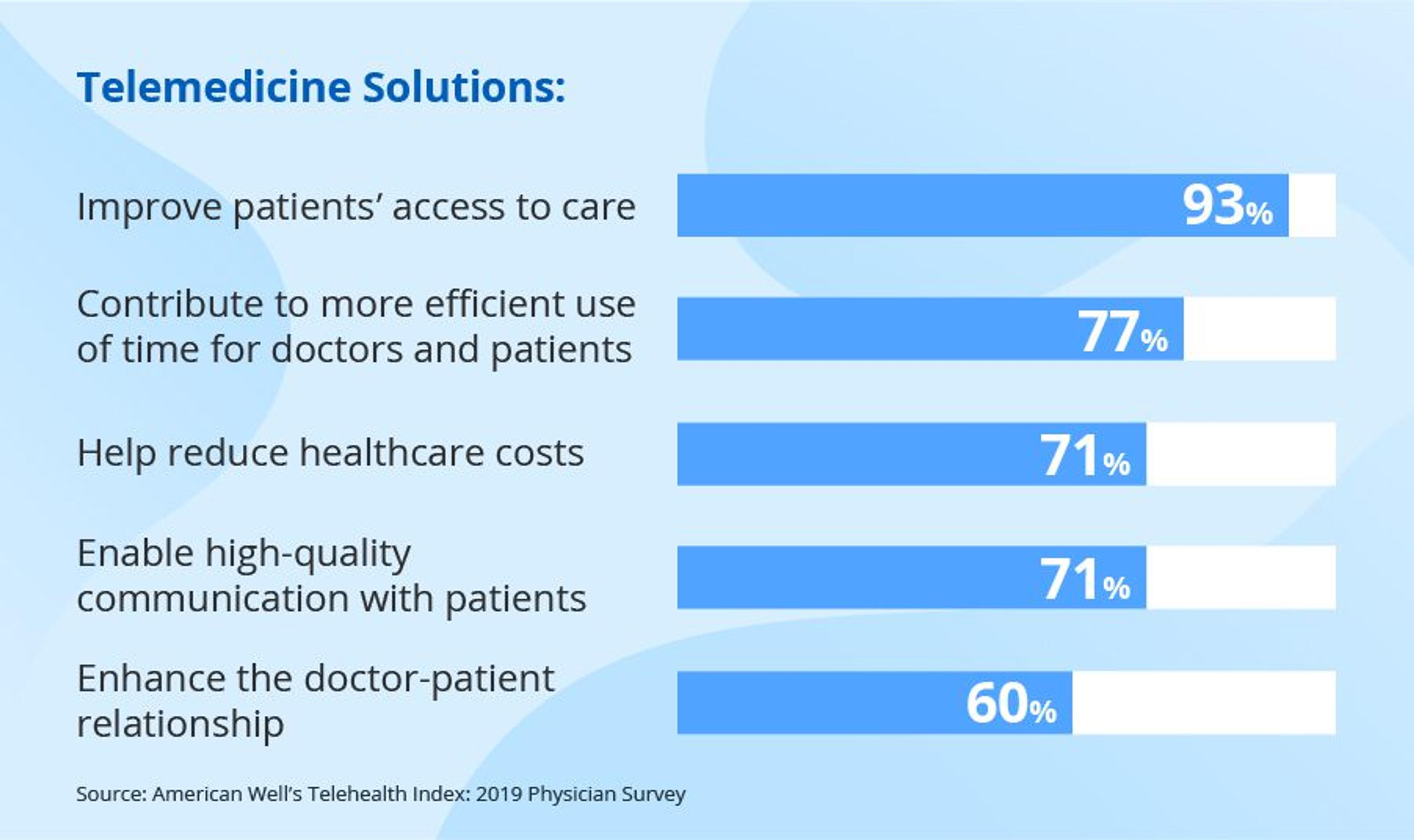blog
What Can Telehealth Software Do for Your Organization?

SECTIONS
In an era where digital transformation is reshaping every industry, healthcare has stood out as a prime candidate for innovation. Telehealth software is at the forefront, proving to be an indispensable asset for contemporary healthcare delivery.
It extends the reach of quality care, dismantles access barriers, and redefines patient engagement. From virtual consultations to enhanced healthcare data analytics, telehealth is not just changing the game—it’s created an entirely new playing field for providers and patients alike.
From this article, you’ll learn more about harnessing the power of telehealth software and ensuring your place ahead of the digital healthcare curve.
Quick Takeaways:
- Telehealth growth has been driven by fast-paced technological advancements, patient demand, providers’ desire for flexibility, and regulatory support.
- Telehealth software enhances patient care with features like virtual visits, digital appointment scheduling, online prescription management, and remote patient monitoring.
- Most telehealth software solutions have seamless interoperability with other critical systems.
- More than 90% of providers say telehealth software has improved patient access to care.
Understanding Telehealth Software
Telehealth has become a core component of modern healthcare, bridging the gap between patients and providers through digital technology. Telehealth software encompasses a wide range of applications designed to remotely deliver health-related services and information. It facilitates the successful delivery of healthcare in cases where distance and accessibility might otherwise be a barrier.
Telehealth software enables capabilities such as remote patient engagement, medical consultation, and monitoring through platforms that support video conferencing, secure messaging, electronic data exchange, and more. These systems include tools for scheduling appointments, managing patient health records, conducting virtual visits, and even remote patient monitoring.
The adoption of telehealth software has been propelled by several factors, including:
- Technological Advances: The proliferation of high-speed internet and mobile device accessibility has laid the groundwork for telehealth to thrive.
- Patient Demand: An increasing preference for convenient access to care has made telehealth an attractive option for many.
- Provider Adaptability: Medical professionals seek flexible and efficient ways to extend their services beyond traditional settings.
- Regulatory Support: Changes in healthcare policies have expanded reimbursement options for telehealth services, making them a viable alternative to in-person care.
Telehealth software is not just a single tool but rather a suite of capabilities that connect patients and healthcare teams. It’s particularly vital for managing chronic conditions, mental health, follow-up visits, and specialist consultations.
By enabling these services without the need for physical travel, telehealth software helps break down logistical barriers, presenting new opportunities for treatment and patient management. As healthcare systems continue to evolve, telehealth software is becoming a staple of patient-centered care.
Core Features of Telehealth Software
Telehealth software is defined by several key features that collectively enhance the delivery of healthcare services. They’re designed to improve the experience for both providers and patients, ensuring that care is accessible, efficient, and comprehensive. Some of the most important telehealth software features are:
Virtual Consultations
The hallmark of telehealth software is its ability to facilitate virtual visits. Healthcare providers, primarily in non-emergent scenarios, can conduct live video and audio consultations with patients, effectively simulating an in-office visit. This includes the ability to observe, diagnose, and discuss health concerns in real-time, no matter the physical distance.
Market demand for this type of virtual care is on the rise and will continue on that trajectory through 2030, with the revenue opportunity growing exponentially for primary and specialty care providers.

Image Source
Appointment Scheduling
Integrated scheduling systems within telehealth platforms enable patients to book their appointments online. Providers can manage their schedules more effectively, and patients are afforded the convenience of selecting times that suit them best without the need for back-and-forth phone calls.
Prescription Management
Many telehealth software solutions include e-prescription capabilities. This allows healthcare providers to send prescriptions directly to pharmacies electronically, streamlining the medication fulfillment process and reducing errors associated with traditional prescription methods.
Patient Records Management
Access to Electronic Medical Records (EMRs) or Electronic Health Records (EHRs) is another vital feature. Telehealth platforms typically allow for the secure access and updating of patient records, ensuring that the patient’s medical history is available during the virtual consultation.
Interoperability
Effective telehealth solutions are designed to integrate seamlessly with other healthcare systems. This means that they can communicate with lab services, EMR systems, billing software, and other healthcare applications, ensuring a connected and coordinated approach to patient care.
Secure Messaging and File Sharing
Secure communication channels are essential for exchanging messages and health information between patients and providers. This includes the ability to share files such as lab results, images, and other health documents securely.
Remote Patient Monitoring
Most telehealth platforms offer tools for remote patient monitoring, which is particularly important for patients with chronic conditions. Healthcare providers can track health data shared by patients through connected IoT devices, making it easier to monitor their health, improve patient adherence, and make interventions when necessary.
Today, the number of patients using remote patient monitoring is steadily on the rise, and by 2030 more than a quarter (26.2%)Opens in a new tab of the population will be using telehealth software for this purpose.

Image Source
Customizable Workflows
Telehealth software often comes with customizable workflows that can be tailored to fit the unique processes of different healthcare providers, from solo practitioners to large healthcare organizations.
Analytics and Reporting
With built-in analytics, telehealth software can help providers gain insights into patient engagement, service quality, and operational efficiency. These analytics can inform decisions to further improve the delivery of care.
Data Management
Effective data management is crucial in healthcare, and telehealth enhances it with features that allow for the collection, storage, and analysis of vast amounts of health-related data. Proper data management ensures that the insights and information gathered through telehealth services are organized, compliant with healthcare regulations and data privacy laws, and actionable for informed decision-making.
The Benefits of Telehealth Software for Healthcare Providers
The integration of telehealth software within healthcare systems brings a multitude of benefits that extend well beyond mere patient-provider convenience. For healthcare providers, the advantages of implementing telehealth software are substantial and transformative:
Expanded Access to Care
Expanded access is by far the most prominent and impactful benefit of telehealth software. A survey of physicians using these solutions found that 93% of providersOpens in a new tab say they’ve improved their patients’ access to care.

Image Source
Using telehealth software, providers can reach patients regardless of geographical barriers, which is especially beneficial for patients in rural or underserved urban areas where access to healthcare is often limited. As a result, doctors can scale their patient base and impact while maintaining quality of care.
Enhanced Patient Engagement
Telehealth encourages patients to take an active role in their healthcare. With easy access to providers and health information, patients are more likely to engage in their health outcomes, leading to increased patient satisfaction and loyalty.
Improved Health Outcomes
Continuous and convenient access to healthcare services can lead to better management of chronic diseases, more timely care in urgent situations, and overall improved patient outcomes.
Operational Efficiency
Telehealth can streamline several aspects of healthcare administration, from reducing no-shows to improving the allocation of staff and resources. This results in time and cost savings, allowing providers to focus on delivering quality care rather than managing logistical concerns.
Cost Reduction
By minimizing the need for physical space and reducing patient no-shows, telehealth can significantly cut down overhead costs. It also saves on resources such as PPE by facilitating remote consultations.
Flexibility
Providers can benefit from the flexibility that telehealth offers, including the ability to provide care from any location, schedule consultations more freely, and balance work-life commitments more effectively.
Data-Driven Insights
The use of telehealth software offers an abundance of data that can provide insights into patient behaviors, care patterns, and more. This data can be used to make more informed decisions about care protocols, service offerings, and business growth strategies.
Improved Continuity of Care
Telehealth facilitates better coordination and continuity of care as patients can easily maintain regular contact with their healthcare providers and receive timely interventions when needed.
Professional Development
Providers have opportunities to collaborate with specialists and peers more easily through telehealth platforms, which can contribute to professional growth and improved care practices.
Looking Ahead: Telehealth in the Future
By leveraging these capabilities of telehealth software, healthcare providers can not only overcome traditional healthcare delivery challenges but also establish a more responsive, patient-centered, and efficient care model.
As technology continues to advance, telehealth is set to become a cornerstone of healthcare delivery, shaping an ecosystem where distance is no longer a barrier to high-quality healthcare.
Learn more about how Gaine’s ecosystem-wide solutions can help you enhance telehealth delivery and many other aspects of quality patient care.
